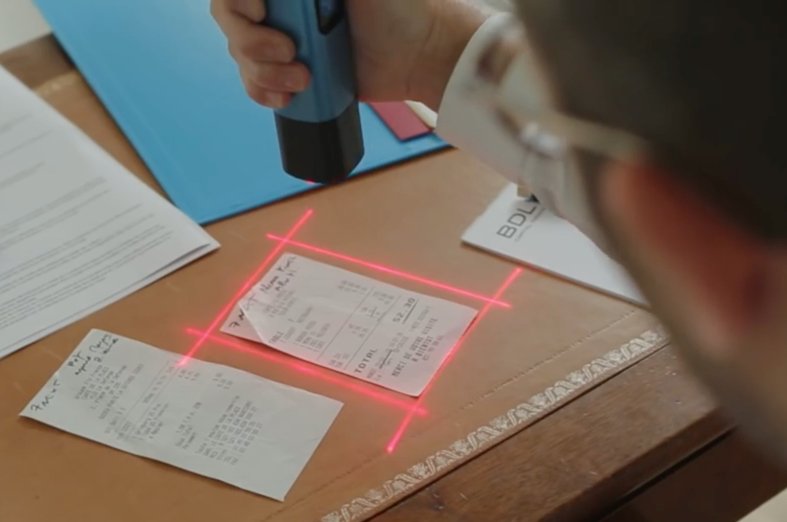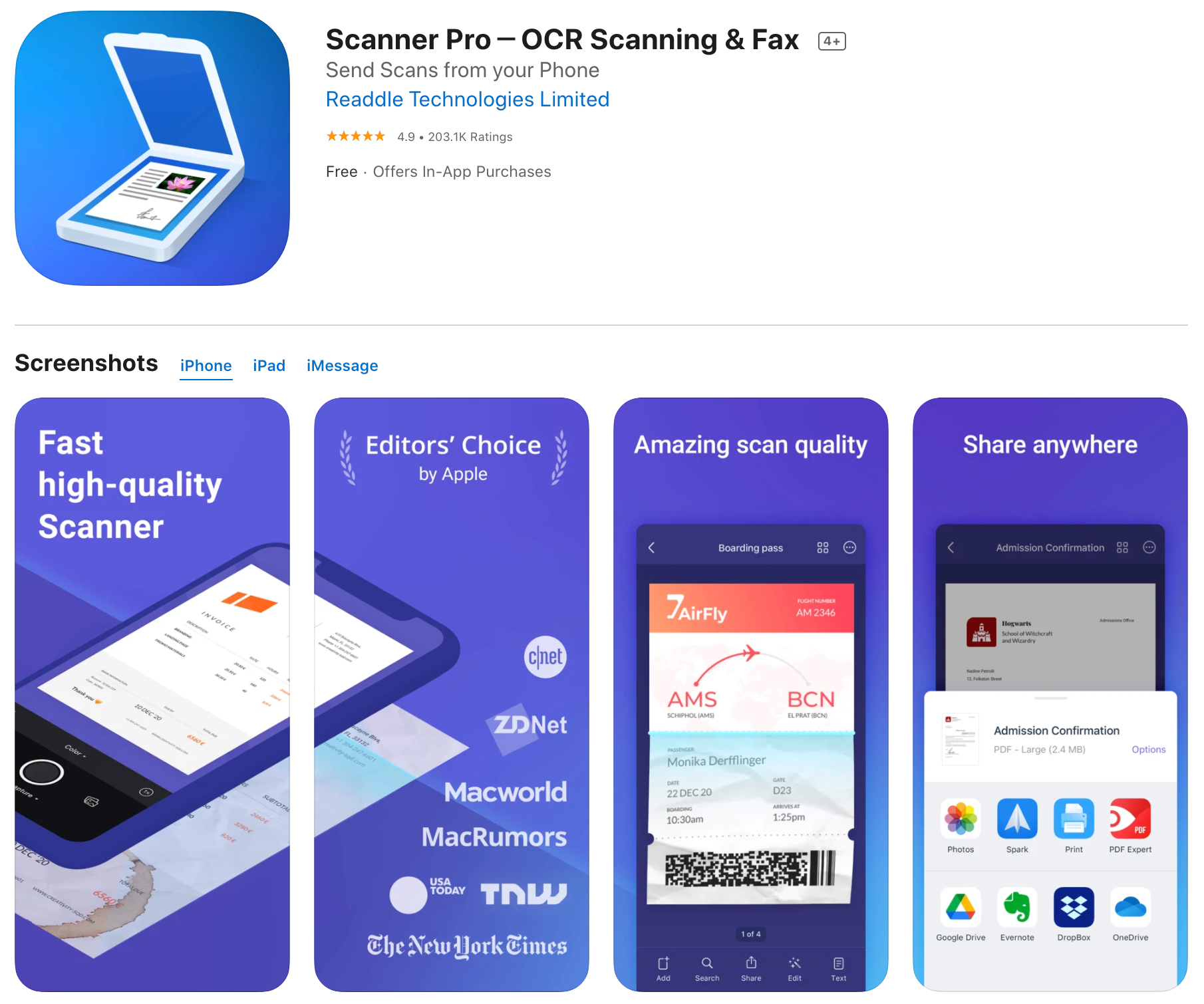The Trend is Not Your Friend
PUP Scan : the world’s fastest pocket scanner
PUP Scan arrived on the crowdfunding scene in 2016 with an attractive device and a great story: “We are proud to introduce PUP Scan, the world’s fastest pocket scanner. PUP Scan allowed you to scan, store and share all your documents in one click. It automatically takes cares of every step, from your sheet of paper to its destination on the internet.” Given that we all want to get our documents into the cloud as quickly as possible, the PUP looked pretty good.
Who is the Target User?
The Indiegogo campaign page features photos of these users:
Traveller with laptop: Send receipts to your accountant
Executive with laptop: Store and save your contracts
Musician scanning sheet music: Capture everyday images
Elderly man with child: Share children’s drawings with family
Laptop user: Scan into Word
It appears that the target user is “everyone.” This lack of focus can be tough for an underfunded startup, because “everyone” has different needs, budget and competitive options.
What Makes PUP Different or Better?
The developers offered a long list of features they claimed would differentiate PUP from smartphone competition.
That story convinced over 800 backers to spend about $300 each.
Recognizing the Trend
When the developers dreamed up PUP in 2014, smartphones already had cameras capable of scanning documents at reasonable quality and delivering them to the Cloud. The Pup team claimed that they would beat smartphones with:
Better photo and scan quality (13 Megapixel camera)
Better scans (curve fixing, cropping, OCR)
Better usability (laser crop lines, one-button UI, automatic upload)
Better security
The Critical Error
By the time the PUP crowdfunding campaign launched in 2016, smartphones had made a lot of progress. Samsung had already introduced the Galaxy S7 with a 12 Megapixel camera. Apple had introduced the iPhone 7 with a dual-lens rear camera also capable of 12 Megapixels. Both companies had invested tens of millions into hardware image processing techniques to boost quality even further.
PUP’s designers were in a bind: in the two years since they had dreamed up their device, Samsung and Apple had caught up on features and specs. It was a fair bet that within the next couple of years, smartphones would have even better cameras and software. It was clear that PUP could not compete on specs, but they launched the Indiegogo campaign anyway.
Here is a typical $4 smartphone scanner app (the PUP scanner at $299 is about 75X more expensive). It offers almost every feature that PUP promised:
The Bitter End
In 2018 PUP finally shipped their first 1000 production units, out of more than 5000 Indiegogo orders. By this point smartphones were outperforming every aspect of the PUP, except the cool red laser crop lines.
In 2019 the company folded for lack of funds. Among the most telling comments in their final letter to backers:
“I laid off every employees, changed our website to target accounting professionals and started to meet with potential clients and partners.” (A bit late to start focusing on one beachhead market!)
“For most of the people, 1 million sound like infinity. It also did to me before I had to manage this project. But it is not big money for a company, especially in the hardware industry. It is not big money any more when you divide it by 10,000 backers, by dozens of employees or by dozens of suppliers and contractors.”
What Went Wrong?
In 2014, PUP dreamed up a handheld scanner that was faster and higher resolution than any smartphone camera. They ignored how fast the performance of both company’s smartphones had been improving over the previous decade. By the time they shipped in 2018, Apple and Samsung were selling smartphones with that delivered higher resolution scans faster than PUP. This trend was not their friend.



